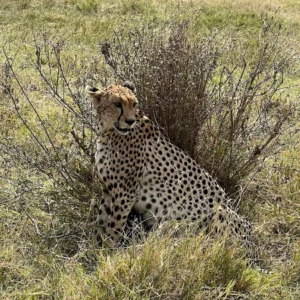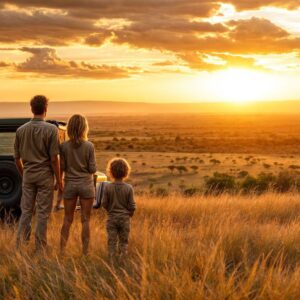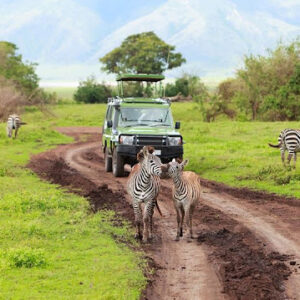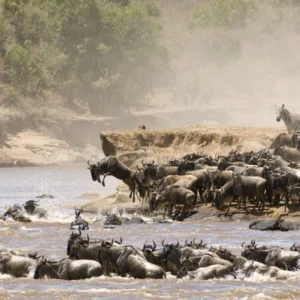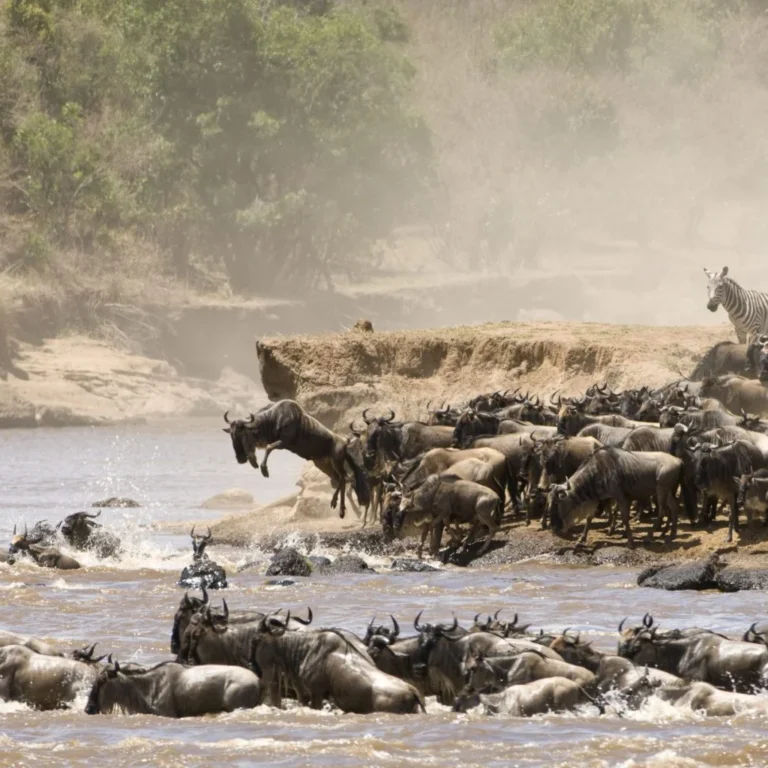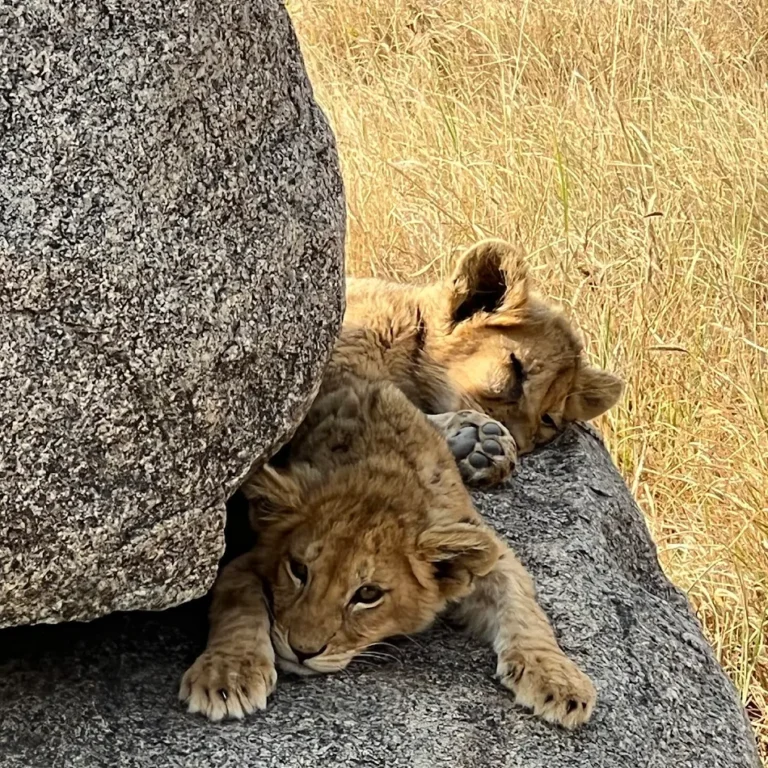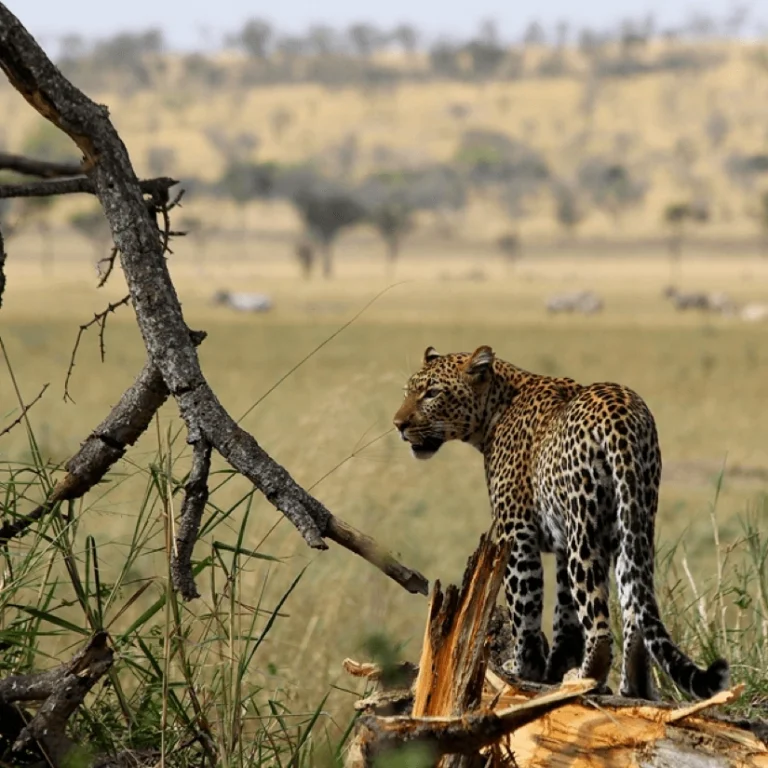Climbing Mount Kilimanjaro, the highest peak in Africa, is a life-changing adventure. With its varied landscapes, challenging routes, and awe-inspiring views, this once-in-a-lifetime experience attracts thousands of hikers every year. If you’re thinking about embarking on this incredible journey, proper planning and booking are key to making it a successful and enjoyable trip. In this guide, we break down every step of the process to help you book your Kilimanjaro climb efficiently and without stress.
Step 1: Choose the Best Time to Climb Kilimanjaro
Mount Kilimanjaro can be climbed all year round, but some months offer better conditions than others. There are two main dry seasons, which are ideal for climbing: January to March and June to October. These months provide more stable weather and better visibility.
January to March: These are cooler months with fewer crowds. The mountain may have snow at higher elevations. Making for stunning photo opportunities.
June to October: This is the most popular period for climbers due to warmer weather and clearer skies. However, be prepared for larger crowds during this peak season.
By avoiding the rainy seasons in April-May and November-December. You increase your chances of a successful climb with less challenging weather conditions.
Step 2: Select the Right Kilimanjaro Route
Kilimanjaro has several routes to the summit, each offering different experiences in terms of difficulty, scenery, and duration. When choosing your route, consider your fitness level, experience, and preferences.
Marangu Route: Known as the “Coca-Cola” route, it’s the only one with hut accommodations, making it more comfortable. It is one of the shortest routes, but due to the rapid ascent, the success rate can be lower.
Machame Route: This is the most popular route. It offers excellent acclimatization, diverse landscapes, and a high success rate. However, it is steeper than Marangu.
Lemosho Route: Known for its breathtaking scenery and high success rate, the Lemosho route offers a longer and more gradual ascent, which is excellent for acclimatization.
Rongai Route: A quieter option that approaches the mountain from the north, Rongai is ideal for those looking to avoid crowds.
Northern Circuit: The longest route on Kilimanjaro, giving climbers the best chance to acclimatize and enjoy stunning views with fewer people.
Each route typically takes between 5 to 9 days. A longer duration increases your chances of successful acclimatization and reaching the summit.
Step 3: Find a Reputable Kilimanjaro Tour Operator
Booking with a licensed Kilimanjaro operator is crucial for your safety and experience. Kilimanjaro climbs are not allowed without a guide, and choosing a reliable operator can make or break your adventure. Here are the factors to consider:
Safety Standards: Look for companies that prioritize climbers’ safety with well-trained guides, medical equipment (such as oxygen tanks), and daily health checks.
Success Rate: Choose operators with high summit success rates. These companies are experienced in managing altitude sickness and pacing.
Ethical Treatment of Porters: Ensure the company is part of the Kilimanjaro Porters Assistance Project (KPAP) or another similar organization that promotes the fair treatment of porters.
Inclusions: Confirm what’s included in the package – meals, park fees, camping equipment, transportation, and accommodations should all be covered.
Read reviews on platforms like TripAdvisor or SafariBookings and ask for recommendations from previous climbers to help you choose the best tour operator.
Step 4: Budget for Your Kilimanjaro Climb
The cost of a Kilimanjaro climb varies depending on the operator, route, and length of the climb. Typically, you can expect prices ranging from $1,980 to $4,000 per person for a multi-day trek.
Park Fees: Approximately $10,000 of your fee goes directly to Kilimanjaro National Park for conservation and entry fees.
Tour Operator Fees: These cover your guides, porters, meals, equipment, and accommodation on the mountain.
Tips: It’s customary to tip your guides and porters. Plan for about $200 to $300 per climber for tips.
While it may be tempting to go for a budget option, be cautious of operators offering prices that seem too good to be true, as they may cut corners on safety or porter welfare.
Step 5: Get the Right Gear for Your Kilimanjaro Climb
Packing the right gear is essential for a successful Kilimanjaro climb. The mountain’s weather changes dramatically as you ascend, so you’ll need clothing and equipment suitable for both tropical heat and freezing alpine conditions.
Clothing. Layering is key. You’ll need base layers (moisture-wicking), insulating layers (fleece, down jacket), and an outer shell (waterproof and windproof).
Footwear. Invest in quality hiking boots with good ankle support and a solid grip. Make sure to break them in before your climb.
Accessories. Don’t forget a warm hat, gloves, a neck gaiter, and sunglasses to protect against the sun and wind. Trekking poles are also highly recommended for support on steep and uneven terrain.
Sleeping Bag. Choose a sleeping bag rated for -10°C (14°F) or lower to stay warm at higher altitudes.
Renting gear from your tour operator is an option, but bringing your own guarantees a better fit and comfort.
Step 6: Prepare Physically and Mentally
Climbing Kilimanjaro is a physical challenge, but it’s also mentally demanding. Proper preparation can make a significant difference in your experience. A step-by-step guide to booking your Kilimanjaro climb. Here’s how to get ready:
Fitness Training: Focus on building stamina and endurance with aerobic activities like hiking, running, or cycling. Strengthen your legs and core with exercises like squats and lunges.
Acclimatization: If possible, spend time at higher altitudes before your Kilimanjaro climb to help your body adapt.
Mental Readiness: Expect long days of hiking in varied conditions. Staying positive and determined is crucial to pushing through the more difficult parts of the climb.
Remember, Kilimanjaro is not a technical climb, so you don’t need prior mountaineering experience, but good physical fitness is essential.
Step 7: Book Your Kilimanjaro Climb in Advance
Once you’ve chosen your route, tour operator, and dates, it’s time to book. Book your climb at least 6 months in advance to ensure availability with your preferred operator, especially during the busy season (June to October).
You’ll need to provide the following information when booking:
Preferred Route and Date
Number of Climbers
Special Requirements (dietary restrictions, medical needs)
Many operators require a deposit to confirm your booking, with the balance due closer to the climb date.
Step 8: Secure Your Travel Documents and Vaccinations
Tanzania requires visitors to have a valid passport and a visa. You can obtain a visa on arrival at the airport or apply online before your trip.
Additionally, some vaccinations are recommended, including yellow fever, especially if you’re traveling from a country where it is prevalent. Make sure your routine vaccinations, like tetanus and hepatitis, are also up to date. Travel insurance that covers high-altitude trekking is a must-have for your Kilimanjaro adventure.
Taking the time to plan and book your Kilimanjaro climb properly will ensure a safe and enjoyable journey. Following these steps will set you up for success as you embark on this incredible adventure.
What Physical Preparation is Required for Kilimanjaro?
Although you don’t need to be an elite athlete to climb Kilimanjaro, it’s important to prepare physically and mentally. Your training should focus on aerobic fitness, stamina, and leg strength.
Hiking: Practice hiking with a weighted backpack to simulate the conditions on Kilimanjaro.
Cardio Training: Incorporate activities like running, cycling, or swimming to improve your cardiovascular endurance.
Strength Training: Build leg strength through exercises like squats and lunges to help with the steep inclines.
Altitude Training: If possible, hike at higher elevations to prepare your body for the effects of altitude.
Start training at least three to four months before your climb for the best results.

